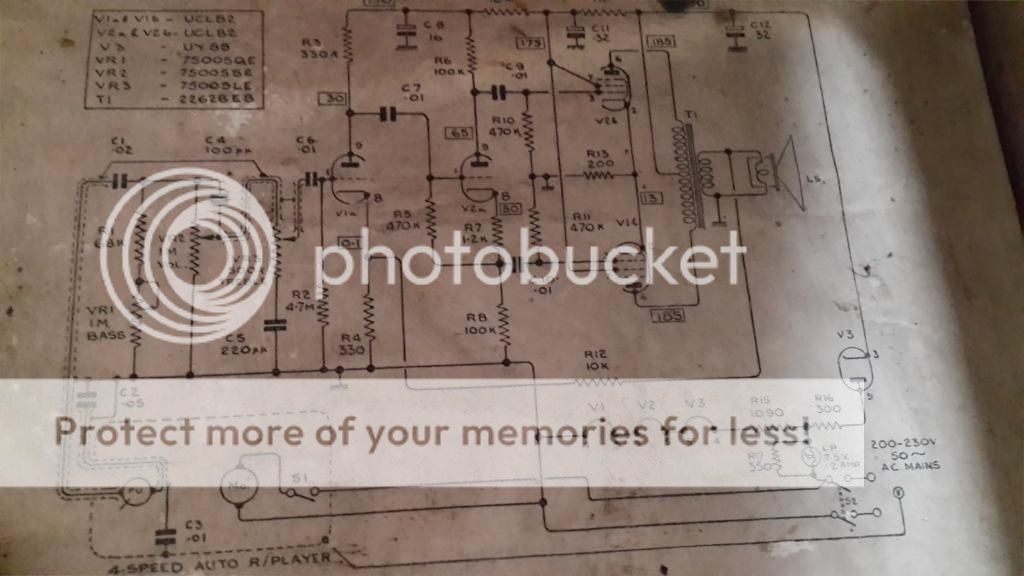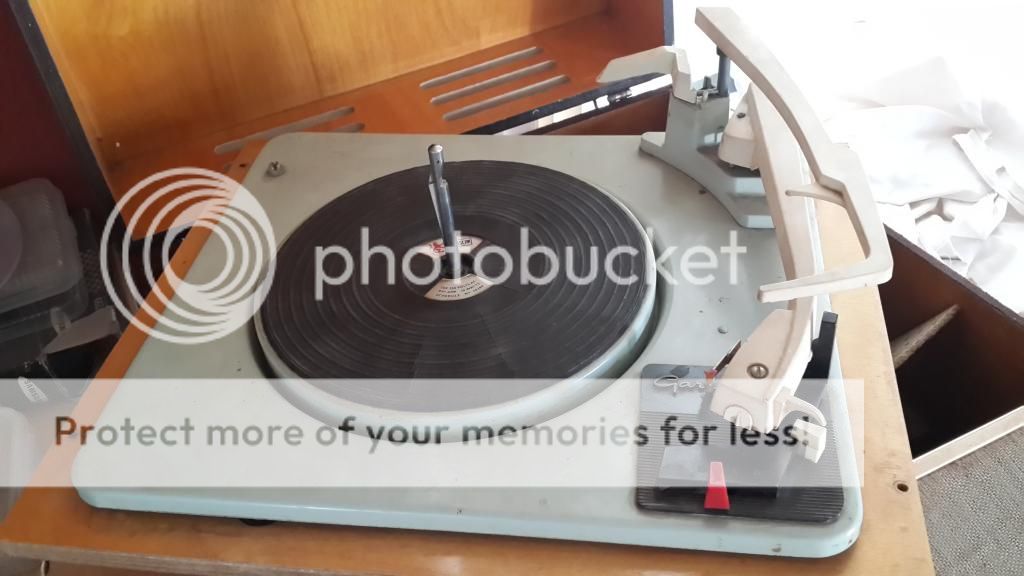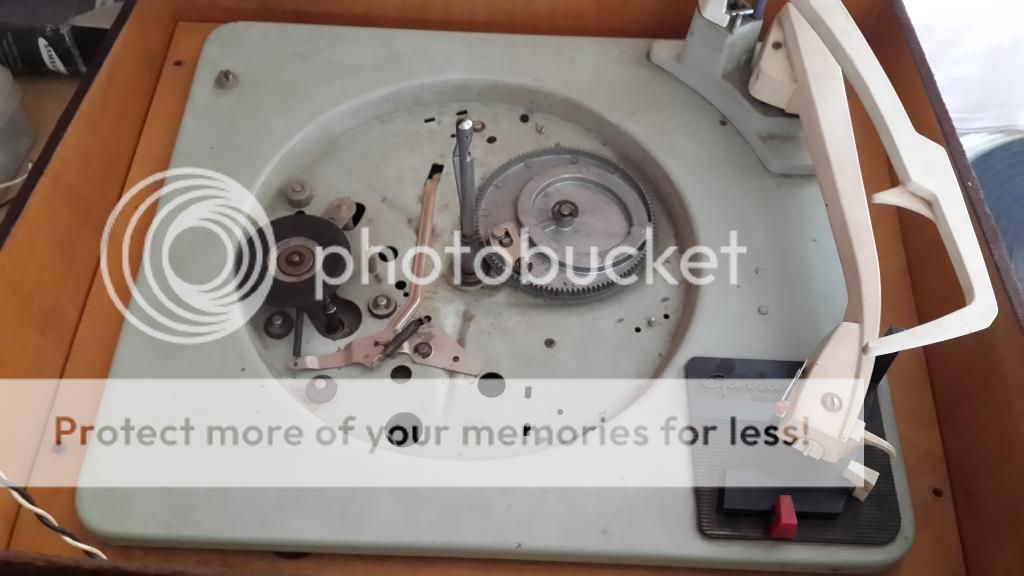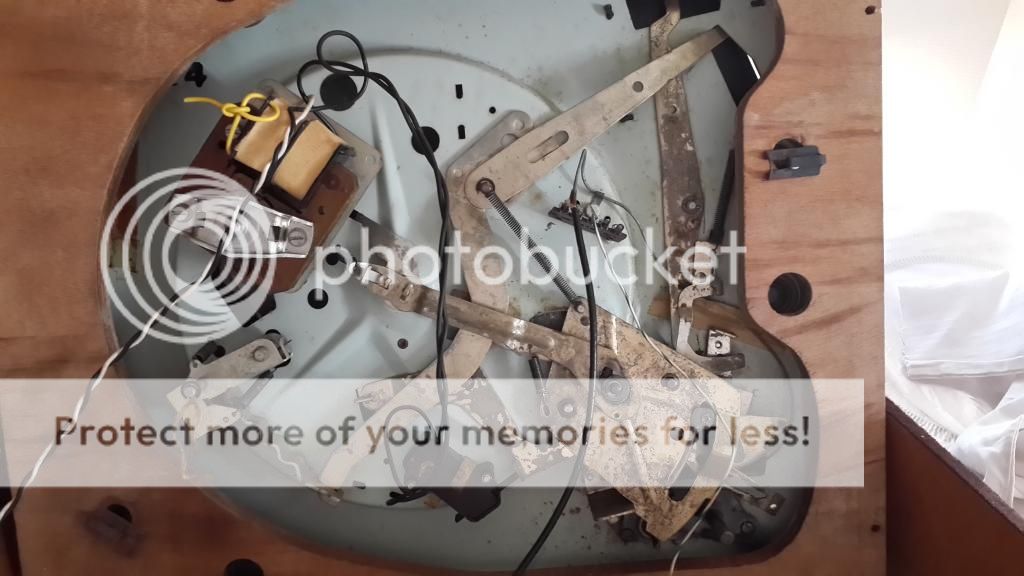Hello everyone,
One of my dad's friend asked if I could take a look at his old HMV Garrard turntable and see if it could be fixed. He was very nostalgic about it so I thought I'd give it a shot. It is a mono TT with built in vacuum tube amp. FM Om Mishra was kind enough to help and after some investigation we found problems with following parts.
1. 1M Ohm Log Volume pot + On-Off switch 2 Pole (2 Amp 250V)
2. GE NE51 Neon Bulb (From the net seems replacement could be B1A 125 volts)
3. 350 Ohm 25 Watt wire wound ceramic resistor.
I checked the local market (Pune) but they don't have them. Would really appreciate any help in procuring these. I've attached pics of the volume control and neon bulb.
Regards and thanks in advance.
One of my dad's friend asked if I could take a look at his old HMV Garrard turntable and see if it could be fixed. He was very nostalgic about it so I thought I'd give it a shot. It is a mono TT with built in vacuum tube amp. FM Om Mishra was kind enough to help and after some investigation we found problems with following parts.
1. 1M Ohm Log Volume pot + On-Off switch 2 Pole (2 Amp 250V)
2. GE NE51 Neon Bulb (From the net seems replacement could be B1A 125 volts)
3. 350 Ohm 25 Watt wire wound ceramic resistor.
I checked the local market (Pune) but they don't have them. Would really appreciate any help in procuring these. I've attached pics of the volume control and neon bulb.
Regards and thanks in advance.








